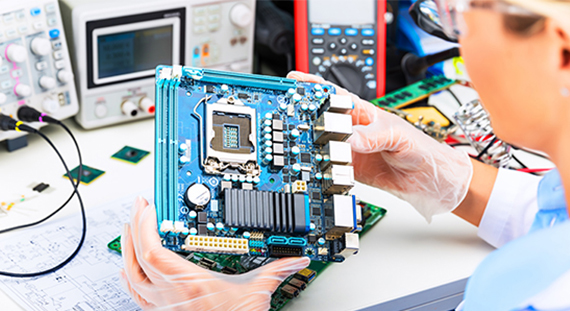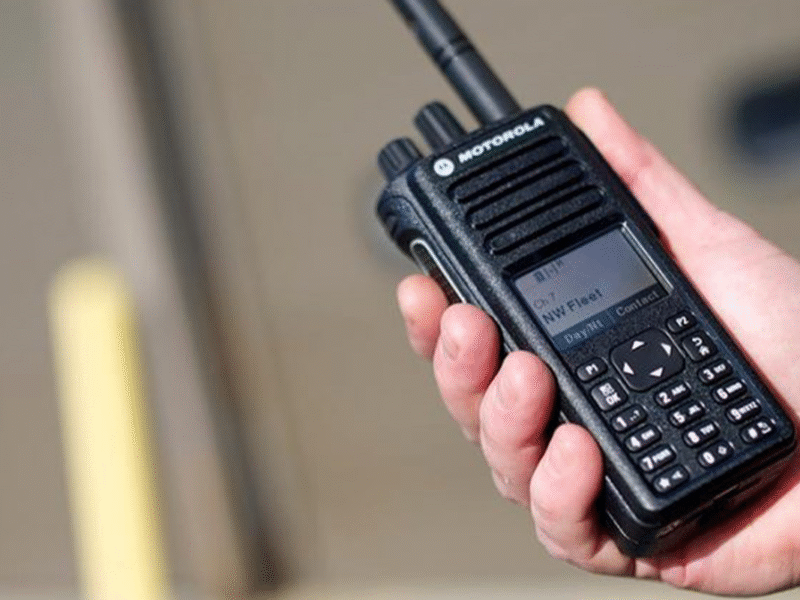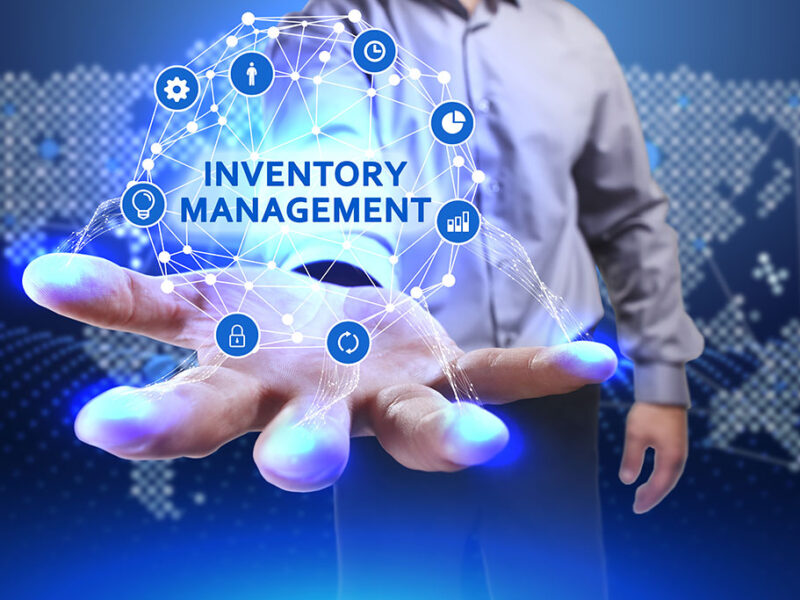The present era of technological advancement has created an unprecedented need for electronic components. The aerospace sector, medical technology, military requirements, and automotive production need high-performance electronic components for the reliable operation of their end products.
Choosing appropriate electronics parts suppliers is essential when seeking specific resistors and bulk semiconductor supplies.
This blog examines the contribution of the largest electronic component distributors and how various aerospace electronic component suppliers accomplish the highest industry standards.
The Importance of Electronics Parts Suppliers
Electronic parts suppliers buy and supply necessary electronic elements such as semiconductors and basic components like capacitors, resistors, diodes, transistors, and integrated circuits. These suppliers fulfill component requirements for manufacturing operations as well as engineering and design work within multiple industries.
Key Responsibilities of an Electronic Parts Supplier:
- Buying high-quality components from trusted suppliers.
- Having a broad base of parts is easily accessible.
- Technical assistance and consulting.
- Offering straight pricing and guaranteed shipping.
- Implement strict quality control procedures.
Largest Electronic Component Distributors: Why Size Matters
Large electronic component distributors are vital to the global supply chain. These firms carry high inventory levels and good relationships with original component manufacturers (OCMs) and deliver a satisfactory stream of significant electronic components.
Benefits of Sourcing from a Large Distributor:
- Reliable Inventory Management: Big distributors stock thousands of parts, reducing lead times for manufacturers.
- Authenticity and Quality Assurance: They buy directly from OCMs, eliminating the risk of counterfeit parts.
- State-of-the-Art Supply Chain Solutions: They offer just-in-time (JIT) shipping, reducing inventory carrying costs for businesses.
- Global Reach: Big distributors have international distribution networks, enabling quick and efficient delivery worldwide.
- Support for Obsolete Components: Some large distributors are experts in supplying end-of-life (EOL) or hard-to-get components for legacy systems.
Top Electronic Component Distributors
Some of the world’s largest electronic component distributors include:
- Arrow Electronics
- Digi-Key Electronics
- Mouser Electronics
- Avnet
- Future Electronics
These companies provide broad components for various industries and meet international standards compliance.
Key Requirements for Aerospace Electronic Components:
- Reliability: The parts should have maximum performance capability during mission-critical usage.
- Resistance to High Temperature: Aerospace electronics should exhibit resistance to high temperatures.
- Radiation Hardness: Everything employed in space exploration and high-altitude utilization must be radiation-hardened.
- Shock and vibration resistance: Components must withstand aerospace environments’ physical stresses.
Certifications and Compliance:
- AS9100: Aerospace component quality management system of manufacturers.
- MIL-STD: Military standards for component performance and durability.
- RoHS Compliance: Avoiding components containing hazardous substances.
- ITAR (International Traffic in Arms Regulations): Defense and military component compliance.
Finding the Right Aerospace Electronics Supplier
- Certifications: The supplier must meet industry rules such as AS9100 and MIL-STD guidelines.
- Product Testing and Traceability: All components must undergo strict testing methods and show accurate traceability documentation.
- Experience and reputation: Seek aerospace suppliers with a strong reputation in the aerospace sector.
- Counterfeit Prevention Measures: Verify they have robust systems to fight against product duplication and fake components.
- Global Supply Chain Capabilities: A supplier with worldwide distribution facilities can maintain a continuous supply of components to all customers.
Challenges in the Electronic Components Supply Chain
The electronic components supply chain includes dependable suppliers yet experiences significant obstacles. Companies and manufacturers encounter these significant problems in their operations:
1. Component Shortages
Limited production systems Globally, rising conflicts and market growth create parts scarcity. Working with a reliable supplier gives you first access to components when supplies run low.
2. Counterfeit Components
Fake electronic parts create substantial safety hazards in the aerospace and medical fields. Trusted suppliers implement vigorous quality tests and checks to prevent counterfeit items from entering their supply chains.
3. Lead Time and Delivery Delays
Long lead times and delivery delays can impact production schedules. Working with large distributors helps mitigate these risks through faster shipping and alternative sourcing options.
How to Choose the Right Electronics Parts Supplier
The quality of your electronic components depends heavily on your chosen supplier because they control the material selection and cost structure.
1. Supplier Reputation and Experience
Suppliers who build their reputation through successful work provide top-level parts and excellent customer service.
2. Inventory Availability
Companies need suppliers who stock counterfeit components and standard parts in an extensive essential product selection.
3. Quality Assurance and Certifications
Look for suppliers with ISO and AS9100 certifications as their core business strategy and quality standard practices.
4. Pricing and Payment Terms
Examine all supplier costs and their available payment terms to get good deals when purchasing large product amounts.
5. Customer Support and Technical Assistance
A quality supplier offers their customers product selection help and technical support services.
6. Shipping and Lead Time
The supplier must send goods to their customers quickly to avoid disruptions to the production schedules. Choose suppliers who keep multiple distribution centers to speed up delivery times.
Building Long-Term Relationships
A good relationship with your dealer is crucial to regularly getting the best components. Stay updated about the latest trends, new releases, and technological advancements in the industry. Communicating regularly with your component suppliers can lead to genuine deals and help you learn about the latest trends.
Conclusion
A successful sourcing process depends on selecting reliable electronics parts suppliers or the most significant electronic component distributors and aerospace electronics component suppliers who provide high-quality, reliable, cost-effective products. When working with appropriate aerospace electronic component suppliers, aerospace, defense, medical, and consumer electronics businesses achieve faster production and better product reliability.
To select top-quality components, your evaluation must include certification standards, supply chain capabilities, and counterfeit prevention methods. Future technology growth will require businesses to choose one of the reputable electronics parts suppliers as demand for quality electronic parts keeps on increasing!



